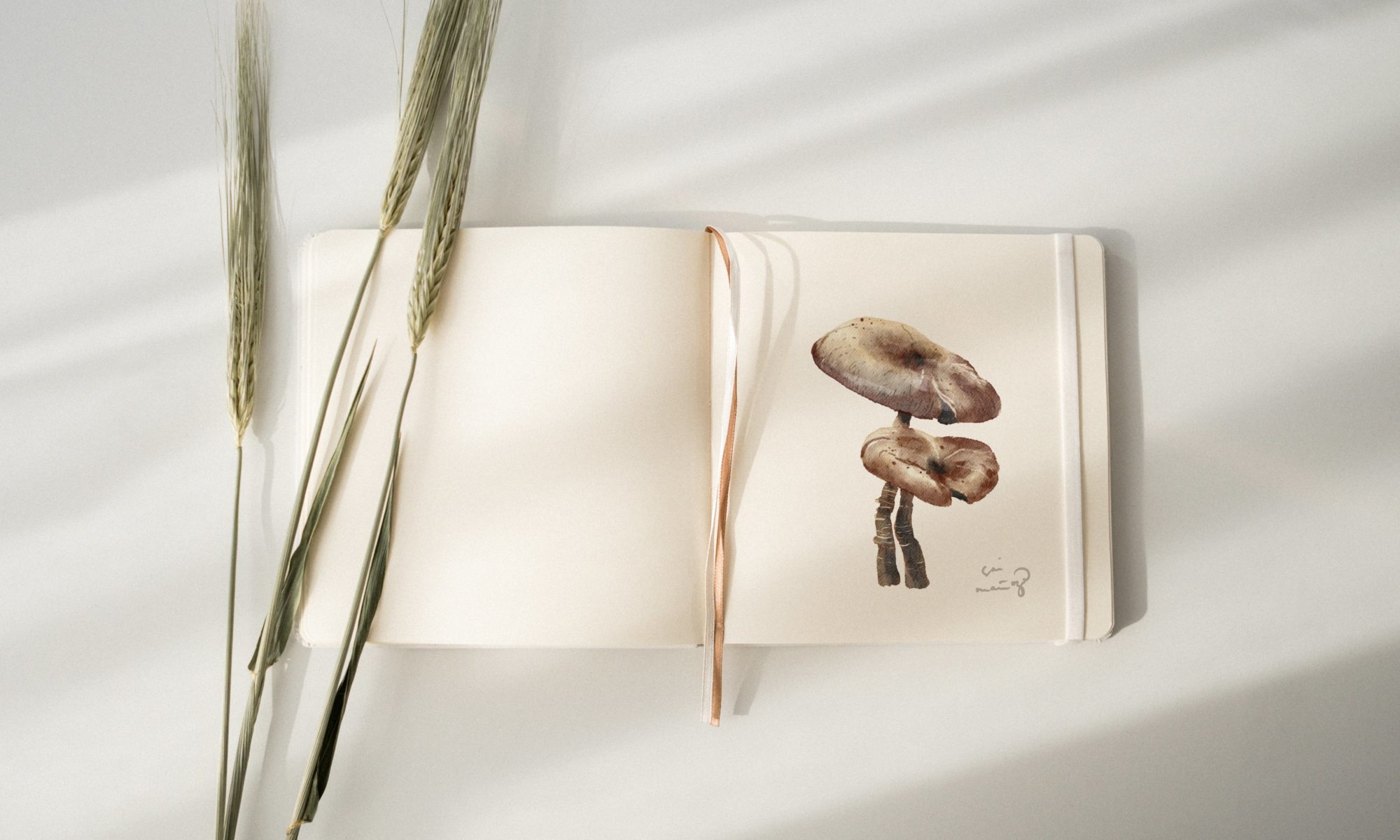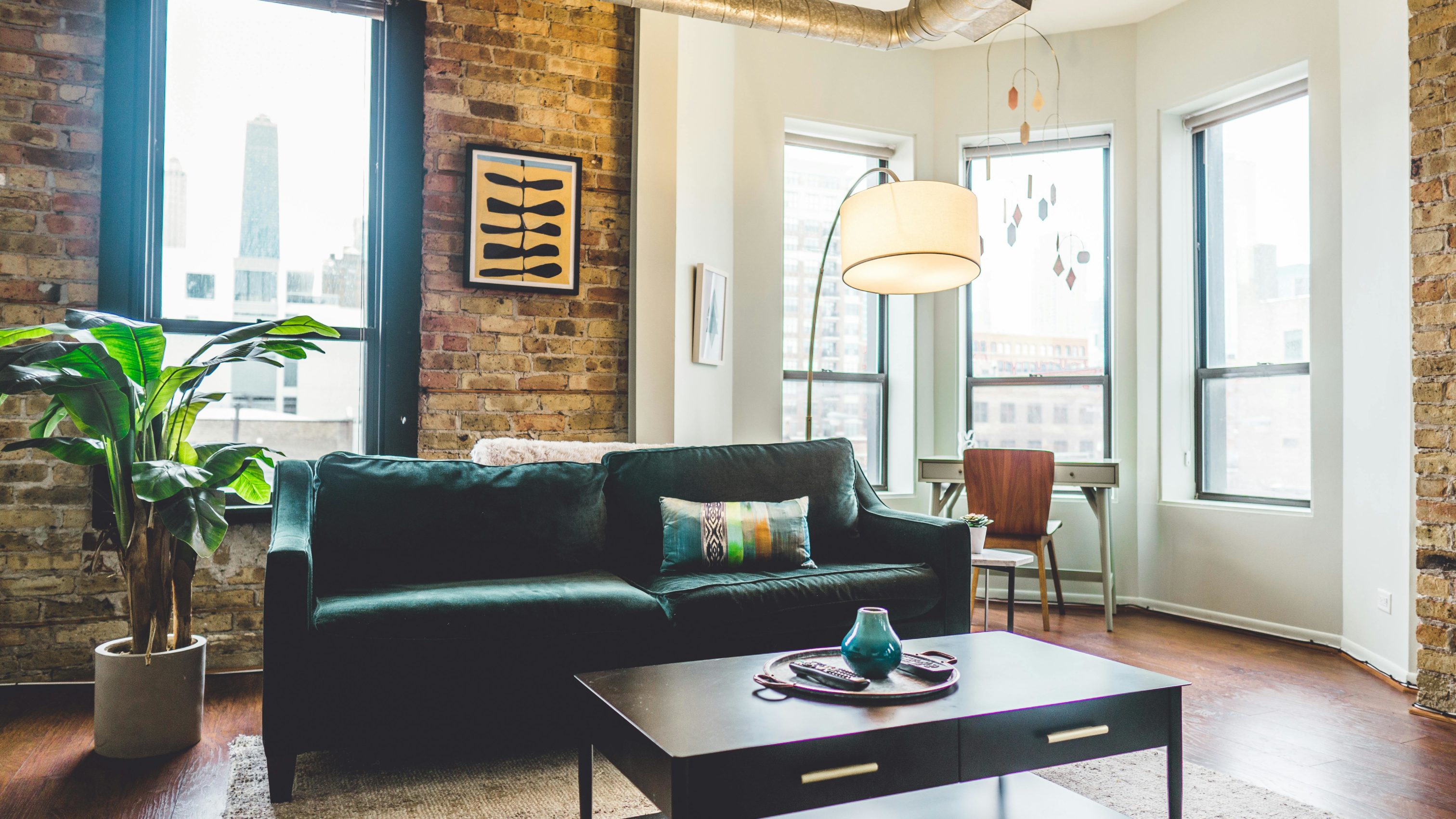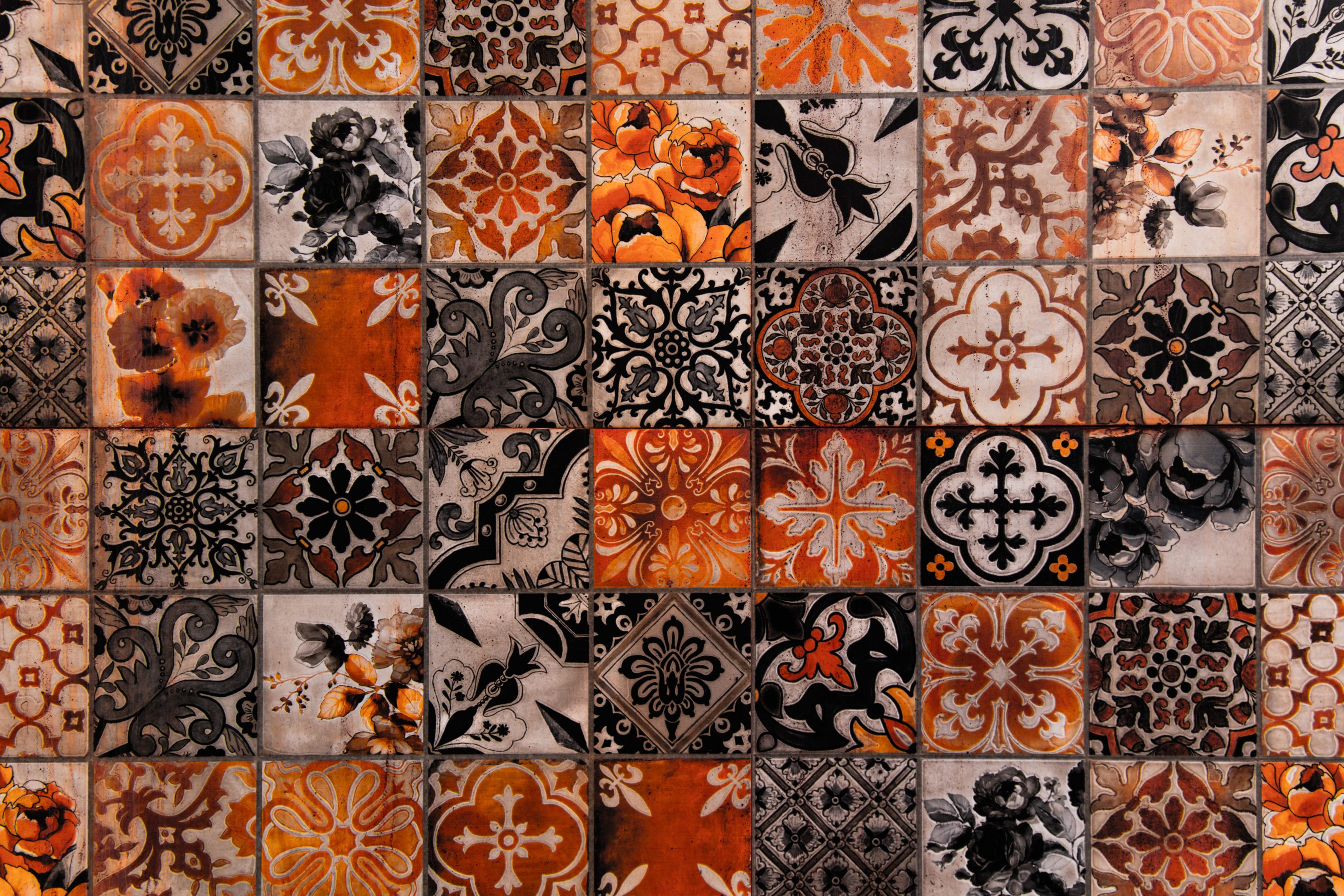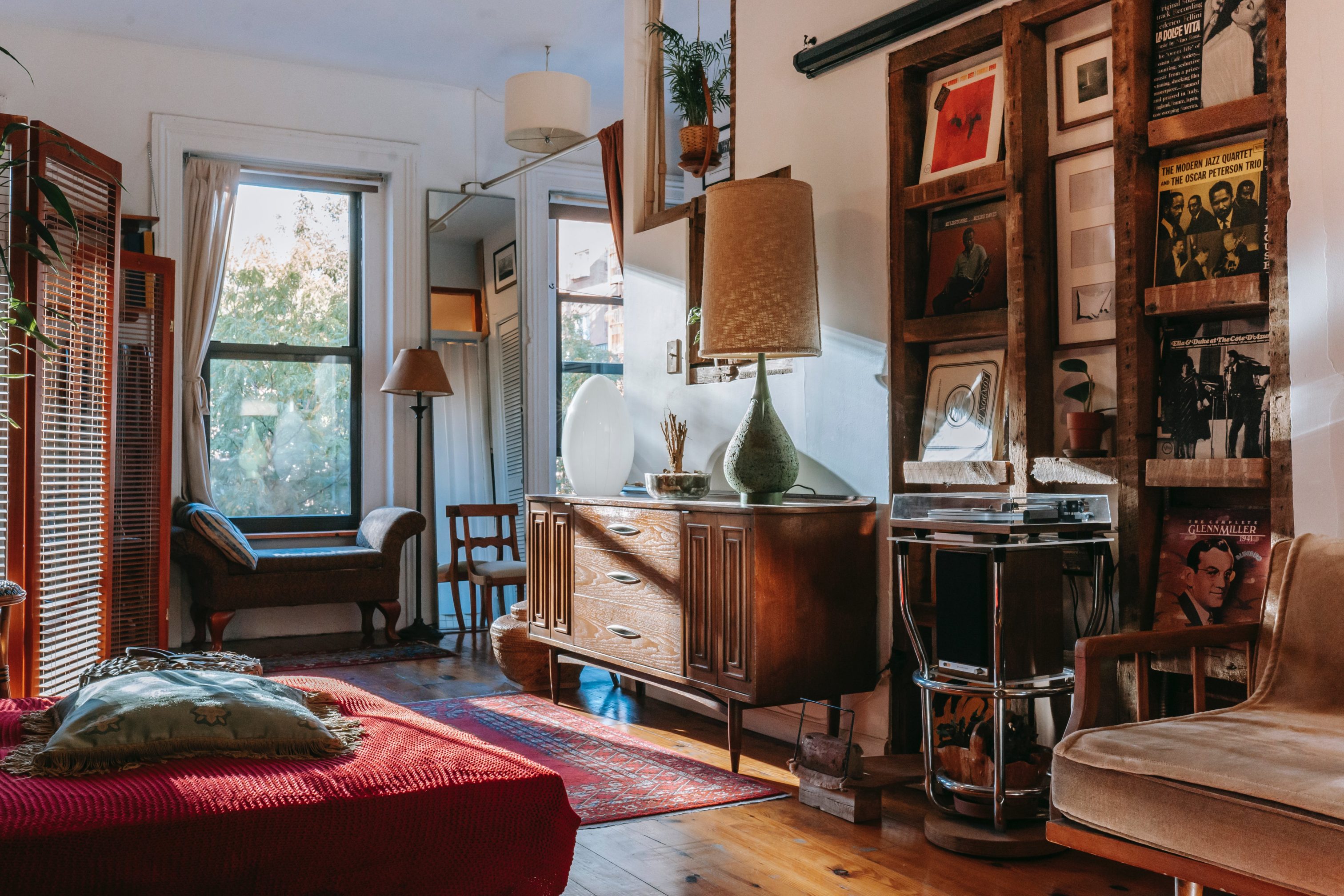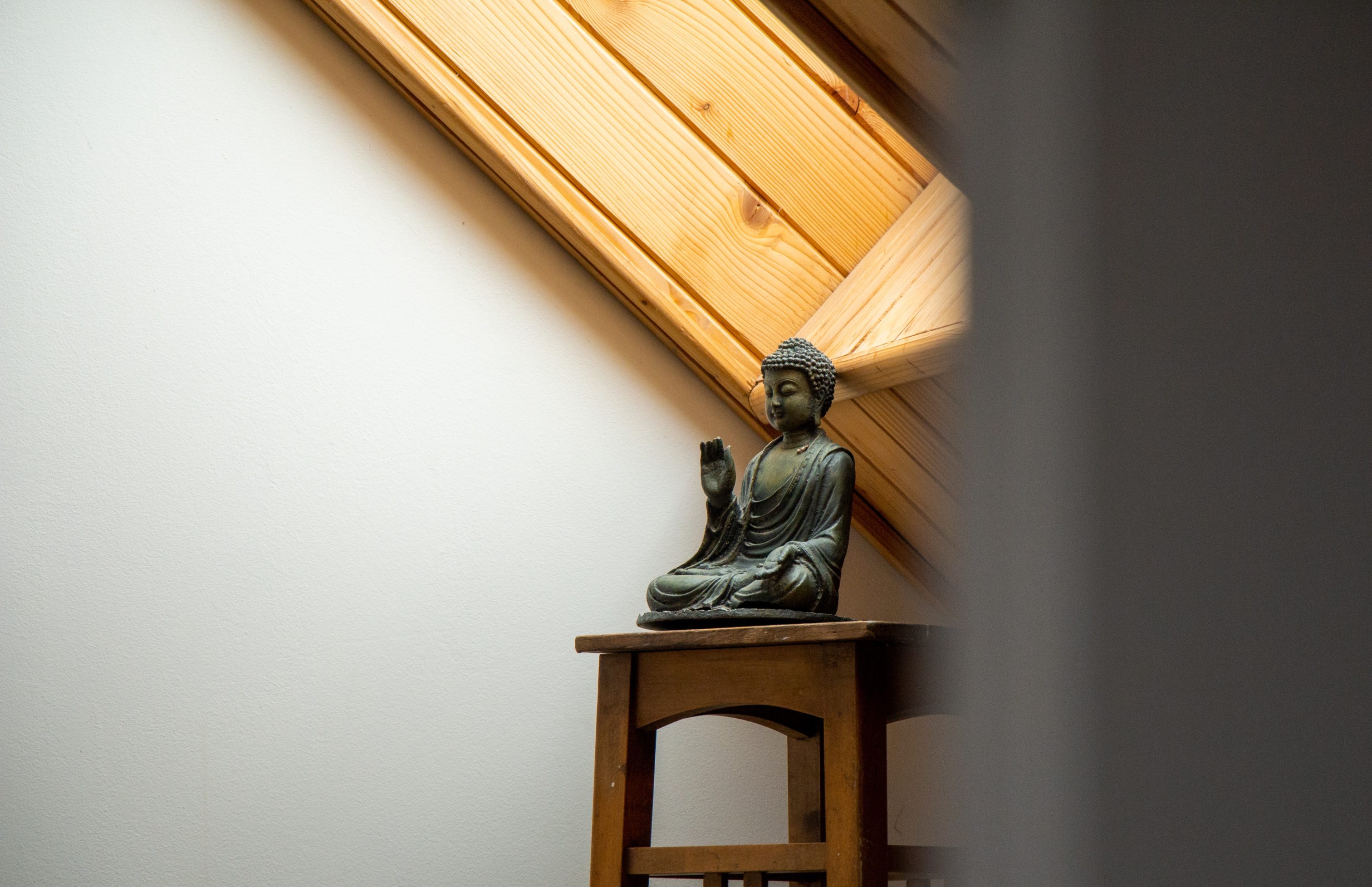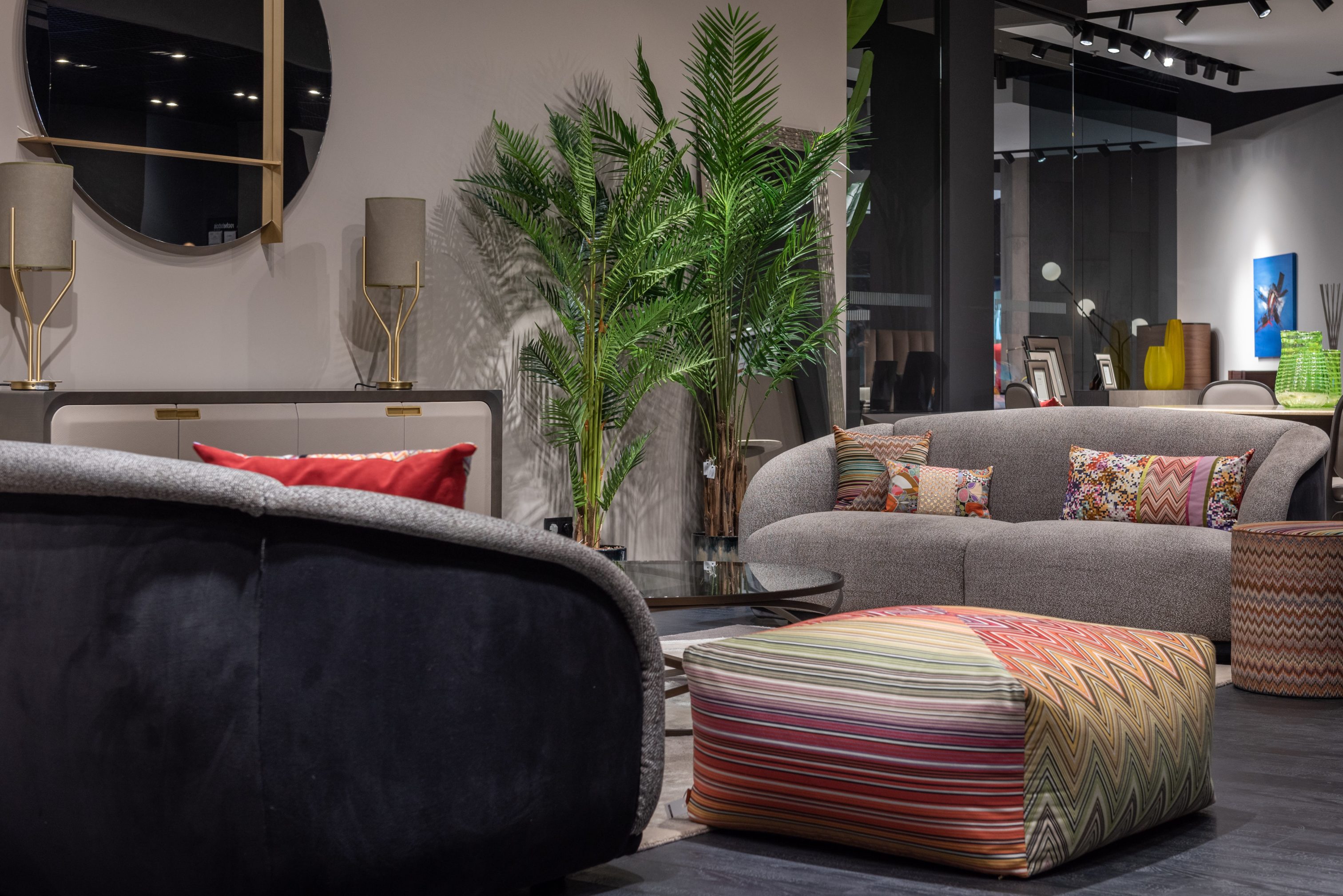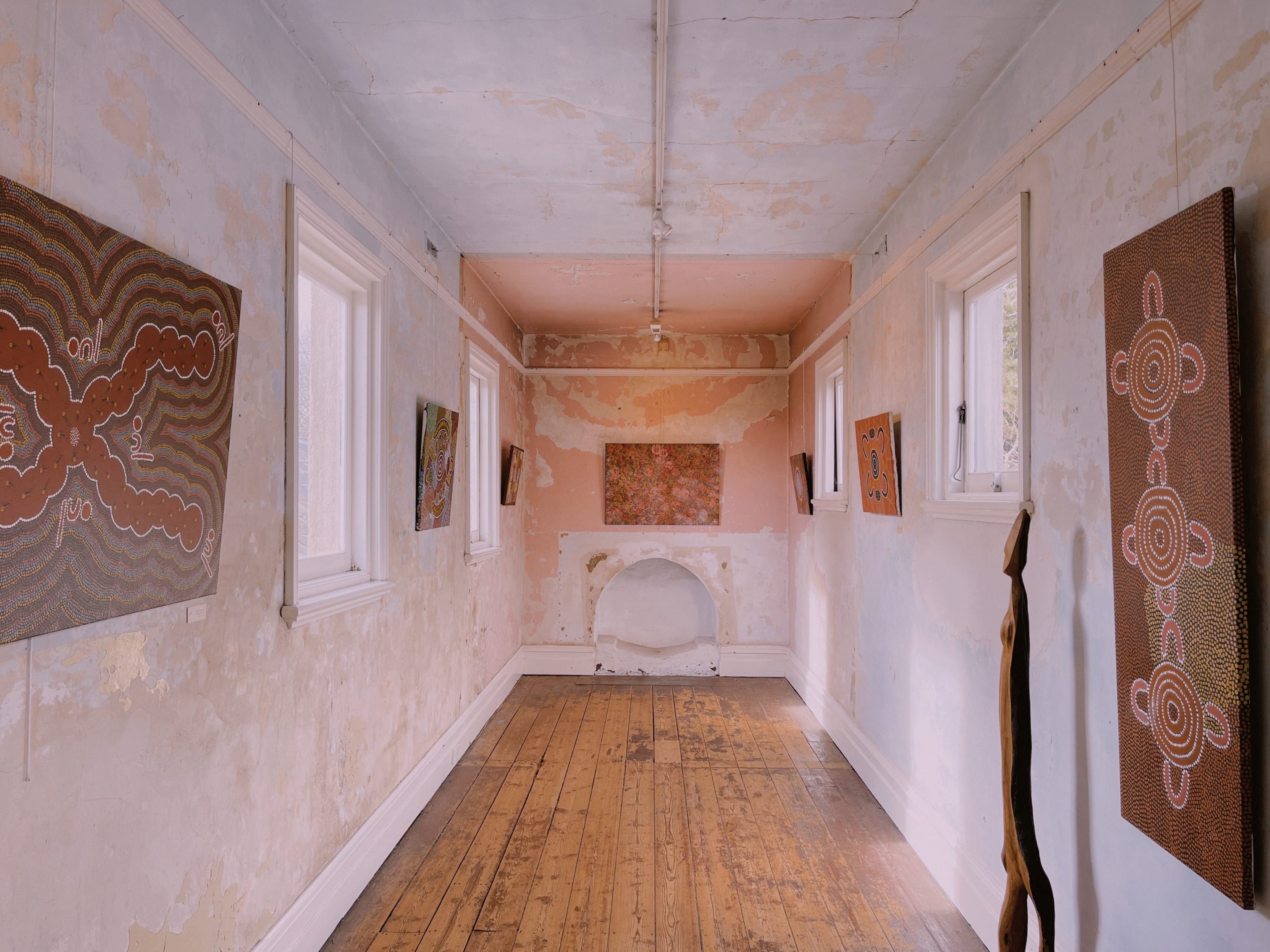The Perfect Painting Genres and Styles for Your Home
Choosing the right painting genres and styles can dramatically transform a room’s atmosphere. Whether aiming for a cosy home or a stylish café, the right artwork sets the tone for warmth and a welcoming atmosphere. Art has a unique power to influence our emotions and transform the ambience of a space. While art is inherently subjective, specific painting genres and styles seem to have an innate ability to create a warm and welcoming atmosphere. In this article, we’ll explore the most effective painting genres and styles for creating inviting spaces and discuss how you can incorporate them into your décor.
Impressionism in Painting Genres and Styles: A Classic Choice for Calm Spaces
Impressionism is a style of art that emerged in the 19th century. It is known for its ability to capture fleeting moments and the play of light. The soft brushstroke technique and harmonious colour palettes evoke a sense of tranquillity and peacefulness. Impressionist paintings often depict landscapes, gardens, and scenes of everyday life. These subjects and the softness of the style create a calming and relaxed atmosphere.
Consider hanging an Impressionist painting to introduce a sense of serenity into your space. Whether Monet’s Water Lilies or Renoir’s Family Picnic, these works can transport viewers to a serene, comforting world, making them perfect for creating cosy art decor in living rooms and bedrooms. Learn more about how art influences mindfulness in our related article.
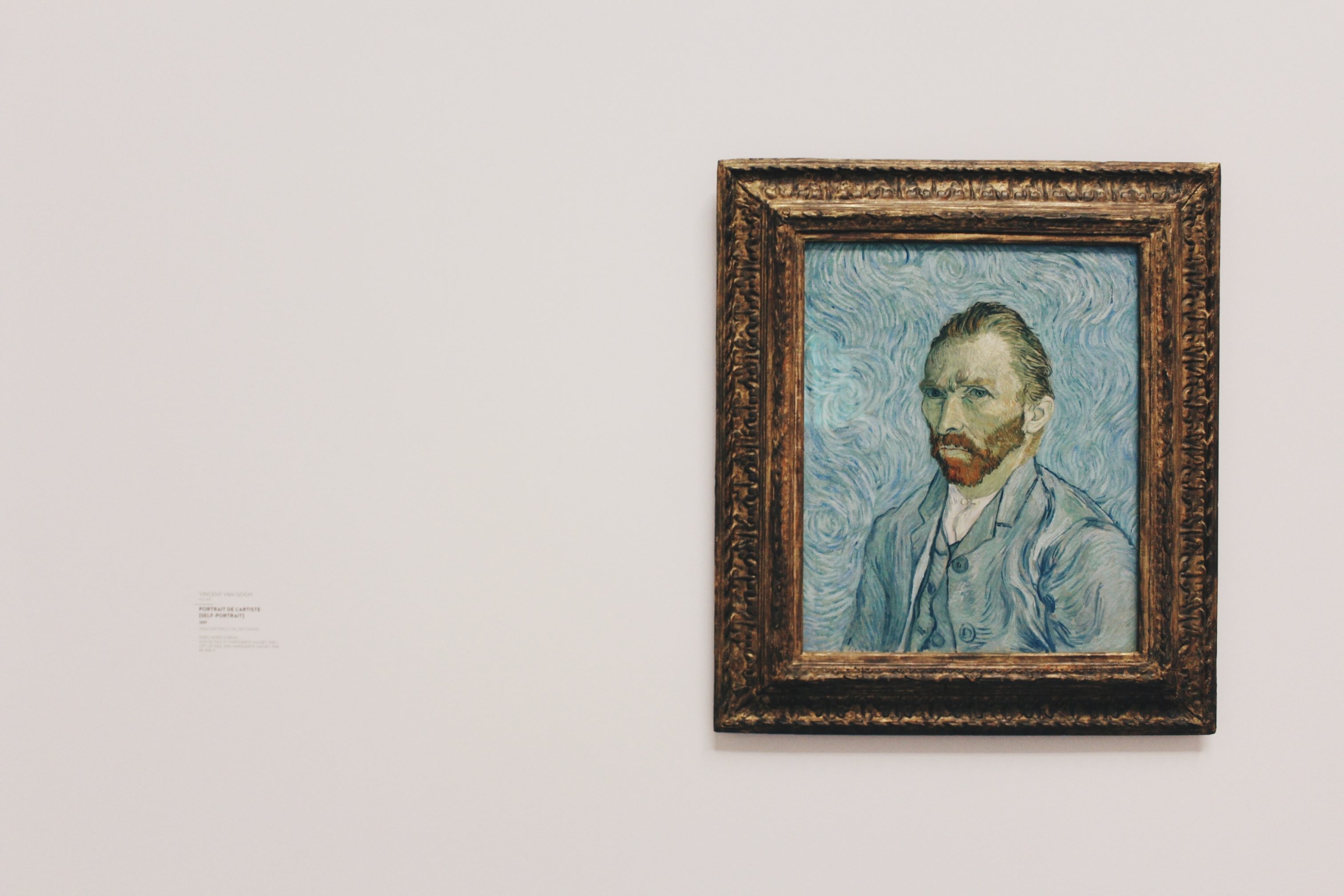

Abstract Painting Styles That Bring Personalised Comfort
Abstract art is a versatile genre that can cater to diverse tastes and complement various art styles to create a harmonious ambience. Abstract paintings are often open to interpretation, allowing viewers to infuse their emotions and experiences into the art. This sense of personalisation can create a comforting atmosphere because it resonates with the individual viewer.
The use of colours, shapes, and patterns in abstract art makes it highly adaptable, allowing it to match the desired ambience. You can choose warm and earthy tones to create a cosy feel or opt for vibrant colours to energise a space. Abstract painting styles are particularly well-suited for contemporary homes, where they can serve as conversation starters while contributing to a welcoming atmosphere. Browse our collection of abstract art pieces.
Landscape Art: A Painting Style to Bring Nature Indoors
Landscape paintings possess a timeless appeal, particularly effective among various painting genres and styles for creating a restful and welcoming atmosphere. They allow you to bring the beauty of the outdoors into your space, connecting you with the tranquillity of nature. Whether it’s a snowy mountain scene, a lush forest, or a serene beach, landscapes can transport you to a different world, free from the stresses of daily life.

When selecting landscape painting styles for your home wall art ideas, consider the specific season or setting that resonates with your concept of cosiness. For example, a warm autumn landscape may create a different ambience than a snowy winter scene. The choice of landscape can significantly influence your space’s overall mood and comfort, making this painting genre particularly effective for larger walls where the scene can be fully appreciated and can contribute to your cosy art decor vision.
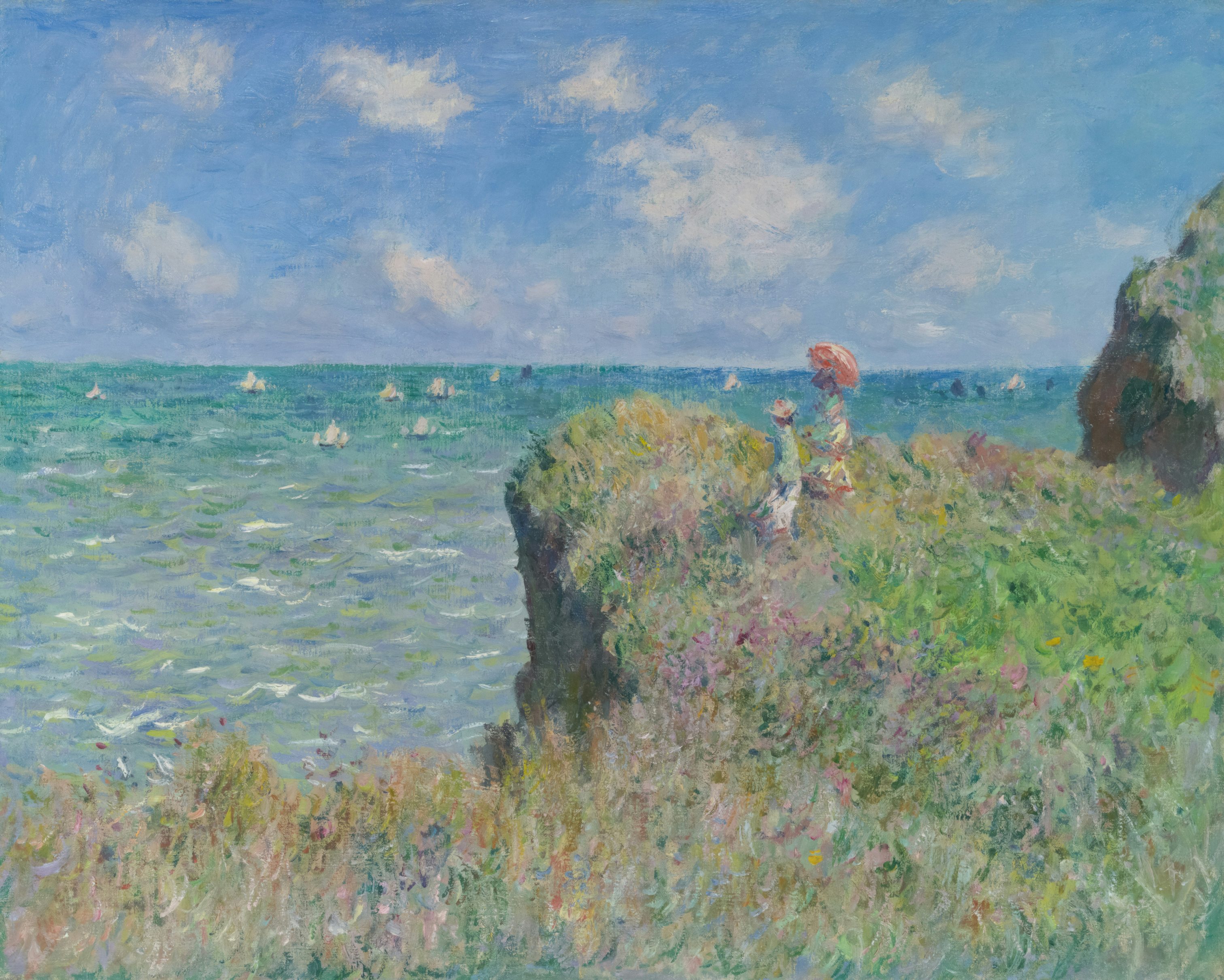
Still Life: A Classic Painting Genre That Feels Like Home
Still-life paintings capture everyday objects and scenes, often arranged with careful composition and artistic intention. Among painting genres and styles, still life uniquely evokes a sense of nostalgia and comfort. Whether it’s a vase of fresh flowers, a bowl of fruit, or a table set for a meal, still-life art can make a space feel inviting and warm through its familiar subject matter.
This painting genre works exceptionally well in dining areas and kitchens, where the subject naturally complements the space’s functional purpose. The familiarity of objects in still-life paintings creates a powerful sense of home and belonging, making them one of the most effective calming painting styles for creating a cosy atmosphere. These home wall art ideas bring warmth and personality to functional spaces. View our guide on selecting art for different rooms to learn more.
Watercolour Painting Style: Light, Airy, and Perfect for Cosy Spaces
Watercolour paintings are known for their soft, delicate, and ethereal qualities that set them apart among other painting genres and styles. The translucent nature of watercolours lends a sense of lightness and airiness to artwork, making them ideal for creating warm and inviting spaces without overwhelming the room’s existing décor.
Watercolour paintings often feature diverse subjects, including landscapes, floral scenes, and abstract interpretations. Their gentle, flowing quality creates a sense of serenity, making them excellent choices for bedrooms, living rooms, and other areas where you want to promote relaxation and comfort. Their typically lighter colour palettes also work exceptionally well in smaller spaces where heavier art might feel imposing, making them perfect cosy art decor solutions.
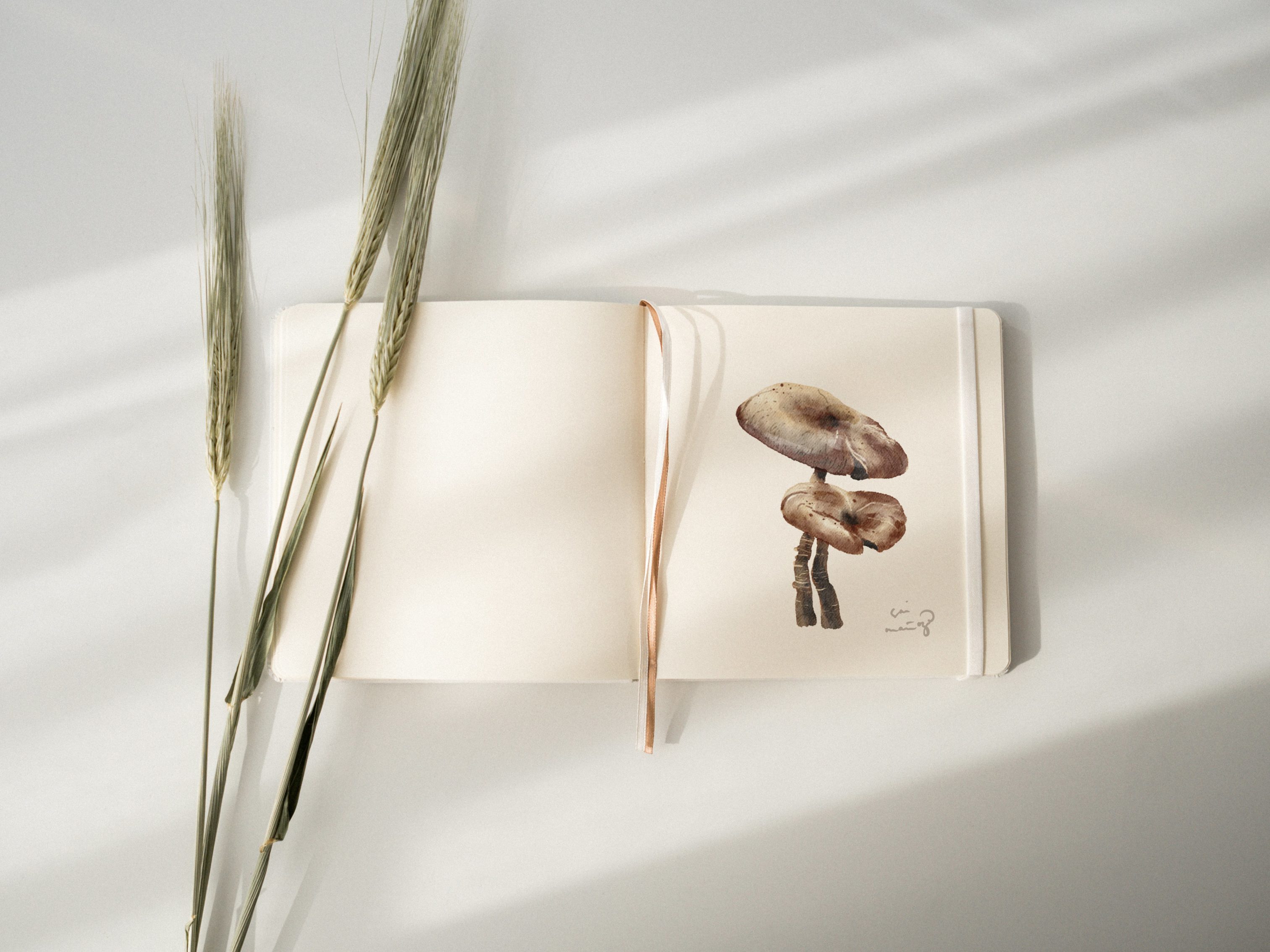
Choosing the Right Painting Style for Your Space
- When selecting painting genres and styles to enhance your home’s ambience, consider these essential factors for optimal art styles for ambience:
- Room Purpose: Different types of calming painting styles are more suitable for specific kinds of rooms. Bedrooms may benefit from watercolours or gentle landscapes, while social spaces may thrive with more dynamic, abstract pieces that encourage conversation and engagement.
- Existing Décor: Select painting genres that complement your current colour scheme and furniture style, rather than competing with them. The best home wall art ideas work harmoniously with your existing design elements.
- Room Size: Smaller rooms often benefit from lighter painting styles like watercolours, while larger walls can showcase more dramatic landscape or abstract pieces. Consider how the scale of your chosen artwork will impact the overall feel of the space.
- Personal Connection: Your emotional response is crucial in choosing art for a cosy space. Cosy art decor that resonates personally will always create the warmest atmosphere and contribute most effectively to your home’s welcoming ambience.
Conclusion
Art can transform a space’s ambience, making it cosy, inviting, and comfortable through carefully chosen painting genres and styles. While personal preferences certainly play a crucial role in selecting the right painting for a particular setting, specific art styles for ambience naturally create warm and welcoming atmospheres that enhance any home.
Whether you choose Impressionism for its tranquillity, abstract art for its personalisation possibilities, landscapes for their connection to nature, still life for their nostalgic comfort, or watercolours for their delicate beauty, you can significantly enhance the comfort and cosiness of your space with thoughtful artwork selection. The key lies in understanding how different calming painting styles interact with your space and choosing pieces that reflect your aesthetic while contributing to the overall ambience you wish to create.
Don’t underestimate art’s transformative impact in shaping your surroundings. Let your favourite painting genres and styles help you create the perfect ambience through strategic cosy art decor choices that make your house feel like home. Check out our full range of art for your home.
Antique Picture Framing: FAQs
Watercolour and light abstract painting genres and styles often work exceptionally well in smaller spaces because they create a sense of airiness and don’t overwhelm the room. Choose pieces with lighter colour palettes and simpler compositions as part of your cosy art decor strategy. These calming painting styles help maintain an open, breathable feeling even in compact areas.
Look for art styles for ambience that complement your colour scheme—warm-toned paintings work beautifully with earth-toned décor, while cooler paintings complement blue and grey palettes. Also consider the formality of your space; traditional rooms often pair well with landscapes or still life home wall art ideas, while contemporary spaces may benefit from abstract styles that add modern sophistication.
Absolutely! Creating a gallery wall with various painting genres and styles can add tremendous visual interest and personality to your space. The key to successful mixing is maintaining a connecting element, such as similar frames, a consistent colour theme, or complementary subjects, to create cohesion among different cosy art decor pieces while avoiding visual chaos.
Soft landscapes, gentle watercolours, and abstract pieces in blue and green tones are typically the most effective calming painting styles for bedrooms. Impressionist works also create a serene atmosphere perfect for relaxation. These painting genres and styles promote tranquillity and help establish a peaceful environment conducive to quality sleep.
Position your chosen home wall art ideas at eye level in natural gathering areas for optimal impact. For maximum cosiness, consider creating an art-centred nook with comfortable seating, good lighting, and complementary décor elements to enhance the painting’s ambience-creating effects. The strategic placement of cosy art decor can transform ordinary spaces into inviting retreats that reflect your style and promote relaxation.

